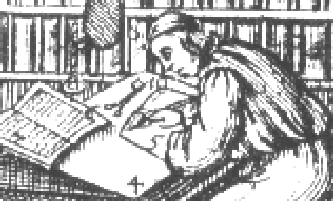 |
Text Encoding Initiative |
The XML Version of the TEI Guidelines<entry> |
| <entry> | contains a reasonably well-structured dictionary entry. | |
| Attributes | Global attributes and those inherited from comp.dictionaries, entries | |
| Example |
|
|
| Note |
Like all elements, <entry> inherits an id attribute from the class global. No restrictions are placed on the method used to construct ids; one convenient method is to use the orthographic form of the headword, appending a disambiguating number where necessary. Identification codes are sometimes included on machine-readable tapes of dictionaries for in-house use. |
|
| Module | Declared in file teidict2; Base tag set for dictionaries: enabled by TEI.dictionary | |
| Class | entries; comp.dictionaries | |
| Data Description | Contains any number of any top level dictionary elements; usually grouped by homonym or sense or a combination of the two. | |
| May contain | addSpan alt altGrp anchor cb certainty def delSpan dictScrap eg etym fLib form fs fsLib fvLib fw gap gramGrp hom index interp interpGrp join joinGrp lb link linkGrp milestone note pb re respons sense span spanGrp timeline trans usg xr | |
| May occur within | argument body castList div div0 div1 div2 div3 div4 div5 div6 div7 epigraph epilogue metDecl performance prologue set superEntry | |
| Declaration |
<!ELEMENT entry %om.RO; ( hom | sense | %m.dictionaryTopLevel;
| %m.Incl; )+>
<!ATTLIST entry
%a.global;
%a.entries;>
|
|
| See further | 12.1 Dictionary Body and Overall Structure; 12.2 The Structure of Dictionary Entries | |
Up: 35 Elements